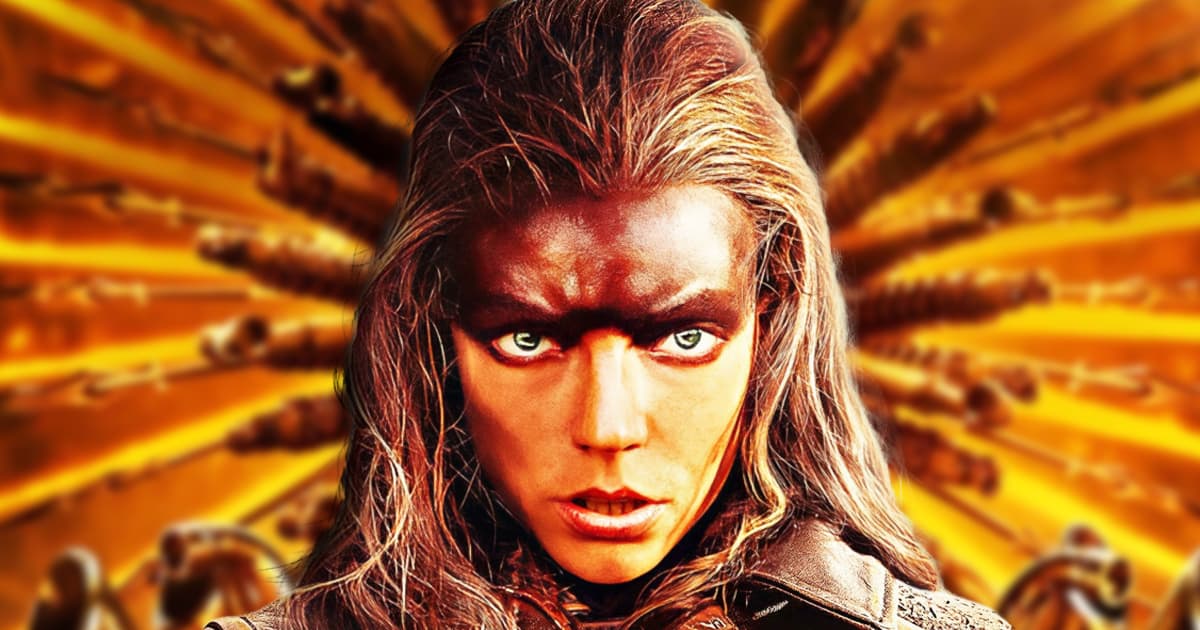PLOT: Infected by the bite of a werewolf, a man sets out to bring down a shady businessman before arranging the end of his own life.
REVIEW: Larry Fessenden has over 100 acting credits to his name, and if you’ve been following the horror genre over the last few decades there’s a good chance you’ve seen him show up in something, whether it be a Ti West movie, Stake Land, Late Phases, You’re Next, or the movie I first noticed him in, Session 9. He’s also a prolific producer, and has directing credits stretching back to the 1980s – most of those credits being on horror movies. Over the course of his career, he has told stories of vampires, the Wendigo, a man-eating fish, and even came up with his own take on Frankenstein’s Monster with his 2019 film Depraved. Continuing down the path of putting his stamp on the concept of classic monsters, Fessenden has now made an update of The Wolf Man, beating Universal Pictures to it by a year.
The lead character in Fessenden’s Blackout isn’t Larry Talbot, the beleaguered fellow Lon Chaney Jr. played in five movies back in the 1940s, but that character does get a prominent shout-out in the film, as the events take place in a town called Talbot Falls. Wolf Man franchise fans will remember that Larry Talbot hated being afflicted with his curse and was always hoping to be put out of his misery, whether through a cure or death. Similarly, the lead character in this film would rather be dead than be a wolf – but he has some unfinished business to attend to first.
Our lycanthropy-afflicted protagonist here is alcoholic painter Charley, played by Alex Hurt – and this could turn out to be something of a breakthrough for Hurt (who is the son of William Hurt, and there are pictures of his dad in the movie to prove it), as this was my first time seeing him in anything, and I was impressed by his performance. He does a good job of carrying the film on his shoulders and getting across the drama of his character’s situation. My only issue with Charley was actually due to the writing, not Hurt. As soon as we see Charley, we assume he’s the wolf man in this story, and it’s not too long before Fessenden confirms our suspicions. But for a long stretch of the movie, none of the everyday life scenes involving Charley show him expressing concern about his lycanthropy problem. Instead, his scenes are focused on his attempts to bring down shady businessman Hammond (Marshall Bell), who has made some questionable decisions while pushing forward his plan to build a resort called Hilltop in Talbot Falls. Charley goes around town, talking to people (including a lawyer played by genre icon Barbara Crampton) about Hammond, and it got to the point where I was getting frustrated. “Why is he always talking about Hammond instead of worrying about the fact that he’s a wolf man?” But Fessenden eventually explains why Charley is so focused on the businessman: he wants to do something good by bringing Hammond down before he exits this world. Once I got that explanation, I could go along with the story, but it took a while to get there.
Amidst all the Hammond talk, Fessenden gives Charley a few opportunities to wolf out and do the things we expect wolf men to do. Things go poorly for several Talbot Falls residents, and these sequences are fun to watch. You shouldn’t put this movie on expecting to see a really cool werewolf design, but the FX artists did fine work with their version of the classic Wolf Man idea of a werewolf.
You might think that Charley’s vendetta against Hammond would be complicated by the fact that he was dating the guy’s daughter Sharon (Addison Timlin), but his enemy and his former lover being related to each other doesn’t add much to the story. It wouldn’t have changed things if Hammond and Sharon had never met in their lives. Even though that element isn’t played up, Timlin was given some good dramatic scenes to work with, and her presence in the story was another thing that reminded me of the films from the ‘40s.
Actors who show up in smaller roles, like Crampton, include Joseph Castillo-Midyett, Ella Rae Peck, James Le Gros, Marc Senter, Joe Swanberg, John Speredakos, Kevin Corrigan, and Rigo Garay, among others, with a standout for me being Motell Gyn Foster as Charley’s buddy Earl, the only person he has told his werewolf secret to. Charley and Earl have a plan for how to deal with the problem, but you’ll have to see the movie to find out how that works.
Since he has made so many creature features, Fessenden has jokingly said that he’s competing with the major companies by building his own Monsterverse – or maybe you could call it a Dark Universe, since it includes characters inspired by Universal Monsters movies. I thought he did a great job updating the story of Frankenstein with Depraved, and while I didn’t find Blackout to be quite as fascinating as that movie was, I always liked Universal’s Frankenstein better than The Wolf Man, too. Blackout is a good update of the ideas presented in The Wolf Man, and is probably more in line with the original film than the official reboot coming from Universal and Blumhouse will be.
In a nod to the major studio cinematic universes, Fessenden drops a Depraved Easter egg into the end credits of Blackout, a moment that is sure to be baffling for viewers who haven’t seen Depraved. Fessenden was just having fun by putting this quick moment in the credits, but it does give me a reason to say that anyone who watches Blackout should also seek out Depraved, and vice versa. Both of these monster movies are recommended viewing.
Dark Sky Films is giving Blackout a digital and VOD release on April 12th.
The post Blackout Review appeared first on JoBlo.





